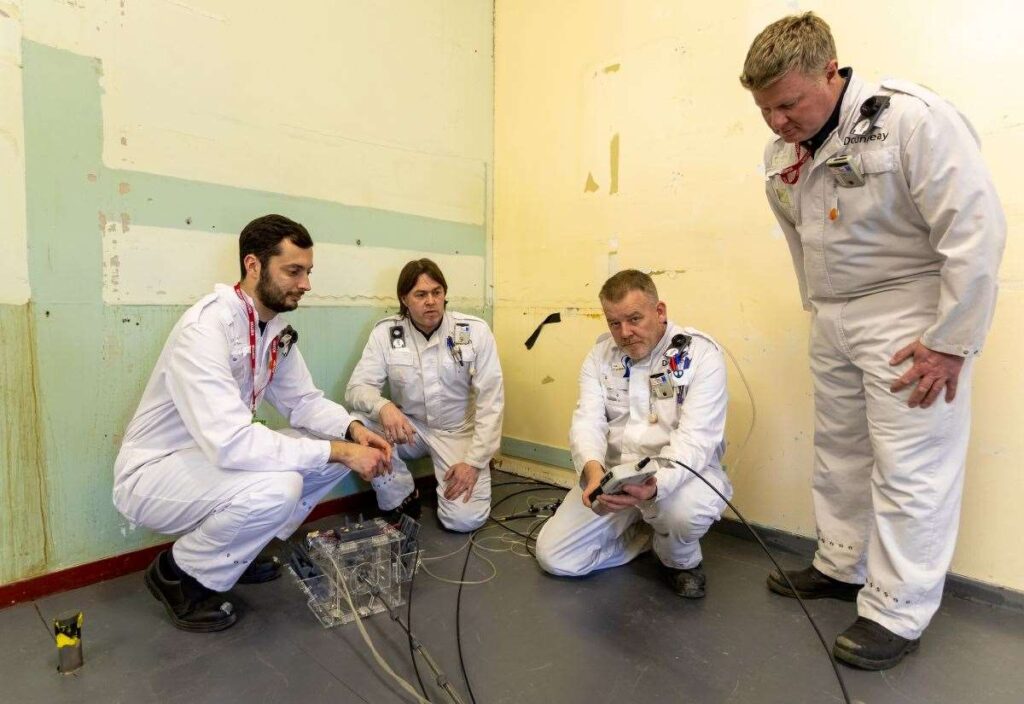Innovative Snake-Like Robot Trials at Dounreay Nuclear Site
A groundbreaking robot has recently undergone testing at the Dounreay nuclear site, specifically designed to navigate extremely inaccessible areas of the former experimental nuclear plant. This innovative technology comes as engineers seek advanced solutions to explore regions that are hazardous for human workers due to radiation and other dangers.
The Need for Automation in Decommissioning
As the decommissioning of the Dounreay reactor progresses, the demand for effective remote inspections has surged. To tackle this challenge, a snake-like robot equipped with advanced tools has been introduced to enhance safety and operational efficiency.
Previously, in 2022, the esteemed “Lyra” robot showcased its capabilities within Dounreay’s redundant fuel cycle laboratories. The joint initiative with the University of Manchester proved successful, and since then, efforts have gone further with a collaboration involving the University of Nottingham.
A New Development: The Snake-Like Robot
Engineers have now developed a simple yet effective inspection robot intended to be low-cost and potentially disposable. This new robot is equipped with a camera, illumination devices, and finger dosemeters to monitor radiation levels, making it an ideal candidate for inspecting locations otherwise unreachable by personnel.
During recent trials in a disused laboratory at Dounreay, the robot was tasked with surveying the area beneath a large turntable that dominates the space. This critical inspection will feed into the decommissioning strategy, offering insights to enhance overall planning.
NRS Dounreay project manager Jason Simpson noted, “Understanding what lies under the turntable through these surveys is pivotal for us as we strategize the lab’s deconstruction.”
Collaborative Efforts and Future Prospects
Engineer Mark Crichton expressed the rewarding experience of collaborating with Nottingham’s team, stating, “Seeing this concept evolve from a mere prototype to an operational unit within an active environment has been remarkably fulfilling.”
This robotic development was spurred by Game Changers, a pioneering innovation initiative aimed at addressing intricate difficulties faced by the nuclear sector. Providing support in these advanced technologies is ICE9 Robotics, specializing in customization for robots deployed in hazardous situations.
Conclusion
The implementation of such cutting-edge robotic technology signifies a significant step forward in the realm of nuclear site management and decommissioning. As teams explore innovative projects like this, the future of robotic applications in hazardous environments looks increasingly bright, enhancing safety and efficiency in the nuclear industry.
This trial at Dounreay is a testament to the evolving landscape of robotics in complex systems, showcasing how automation can redefine safety protocols and improve site management in challenging conditions.
The continued partnerships between universities, engineering teams, and industry specialists underscore the importance of collaborative efforts in driving progress within the dynamic field of nuclear decommissioning.




